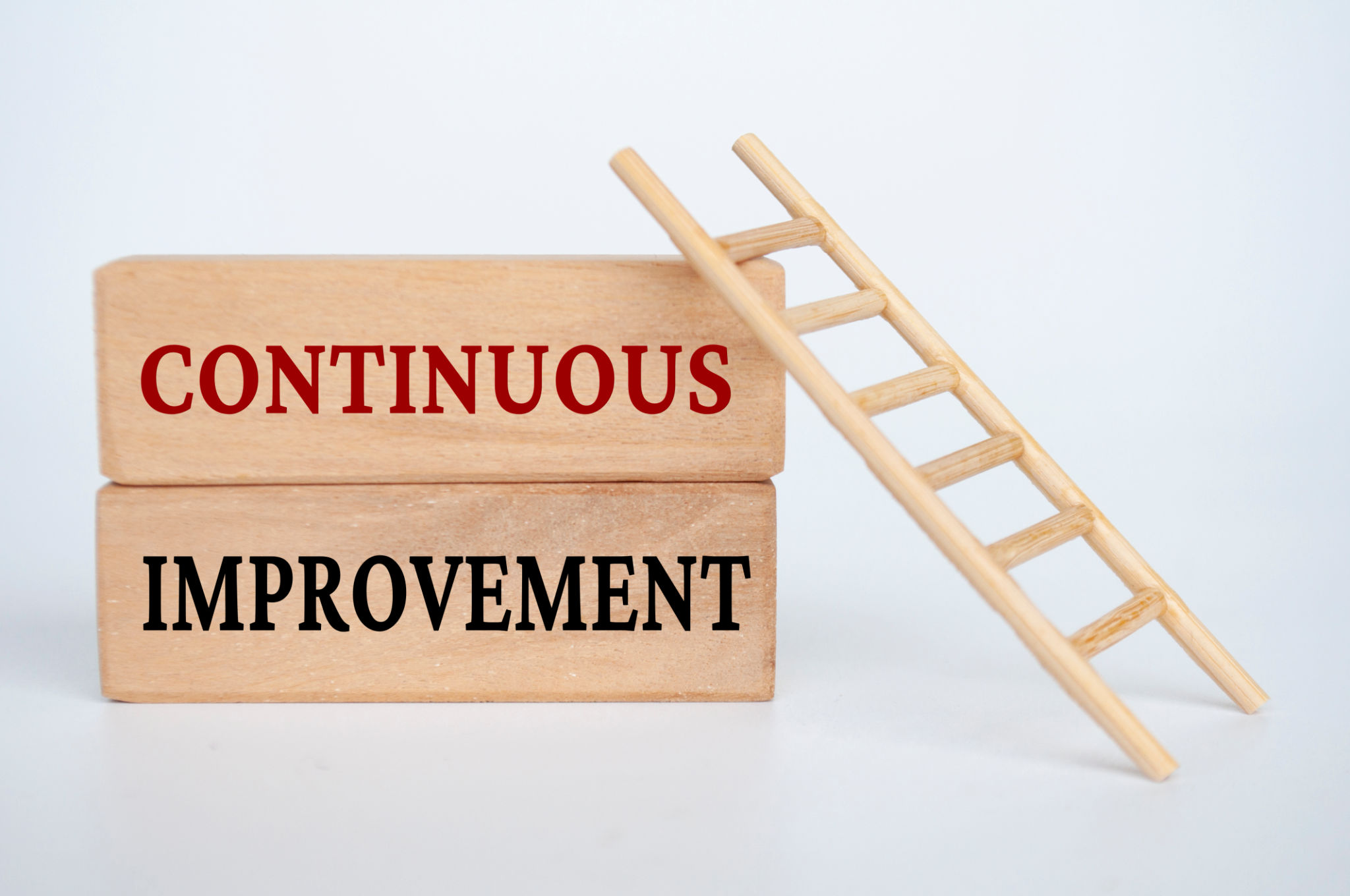Common Misconceptions About Capacity Development in the Humanitarian Sector
Understanding Capacity Development in the Humanitarian Sector
Capacity development in the humanitarian sector is a critical component of ensuring effective and sustainable aid delivery. However, several misconceptions often cloud its true purpose and implementation. These misconceptions can lead to ineffective strategies and missed opportunities for growth.

Misconception 1: Capacity Development Equals Training
One common misconception is that capacity development is synonymous with training. While training is a significant aspect, capacity development encompasses much more. It involves enhancing the capabilities of individuals, organizations, and systems to effectively deliver services and respond to emergencies. This might include improving infrastructure, developing policies, or enhancing communication networks.
Training focuses on transferring specific skills or knowledge, whereas capacity development aims at creating an enabling environment that fosters long-term growth and resilience. It requires a holistic approach that considers the broader context within which humanitarian efforts operate.
Misconception 2: It's a One-Time Effort
Another misconception is that capacity development efforts are a one-time investment. In reality, it is an ongoing process that requires consistent attention and adaptation. The dynamic nature of humanitarian contexts means that needs and challenges are constantly evolving, necessitating continuous capacity enhancement.

This ongoing effort involves regular evaluations and updates to ensure interventions remain relevant and effective. Long-term commitment from all stakeholders is essential for building robust capacities that can withstand future challenges.
Misconception 3: Only External Expertise Matters
Many believe that capacity development primarily relies on external expertise. While external support can provide valuable insights and resources, it is crucial to recognize and leverage local knowledge and capabilities. Local communities often possess a deep understanding of the challenges they face and can offer practical solutions.
- Engaging local actors promotes ownership and sustainability.
- It encourages context-specific solutions that are more likely to succeed.
- Building on local strengths can enhance community resilience and empowerment.
Misconception 4: It's All About Resources
A prevalent myth is that capacity development is solely about financial or material resources. While resources are necessary, the process also involves improving governance structures, leadership skills, and collaborative networks. Developing efficient systems for decision-making and accountability can significantly impact humanitarian effectiveness.

Furthermore, investing in human capital by fostering innovation and creativity can lead to more sustainable and impactful solutions in the long run.
The Path Forward
Addressing these misconceptions is vital for advancing capacity development in the humanitarian sector. By embracing a comprehensive approach that values local input, continuous learning, and adaptive strategies, organizations can enhance their effectiveness in delivering aid and building resilient communities.
Ultimately, capacity development should be viewed as an integral part of humanitarian and development action, not just an adjunct. By recognizing its multifaceted nature, stakeholders can work collaboratively towards creating sustainable change in the communities they serve.
